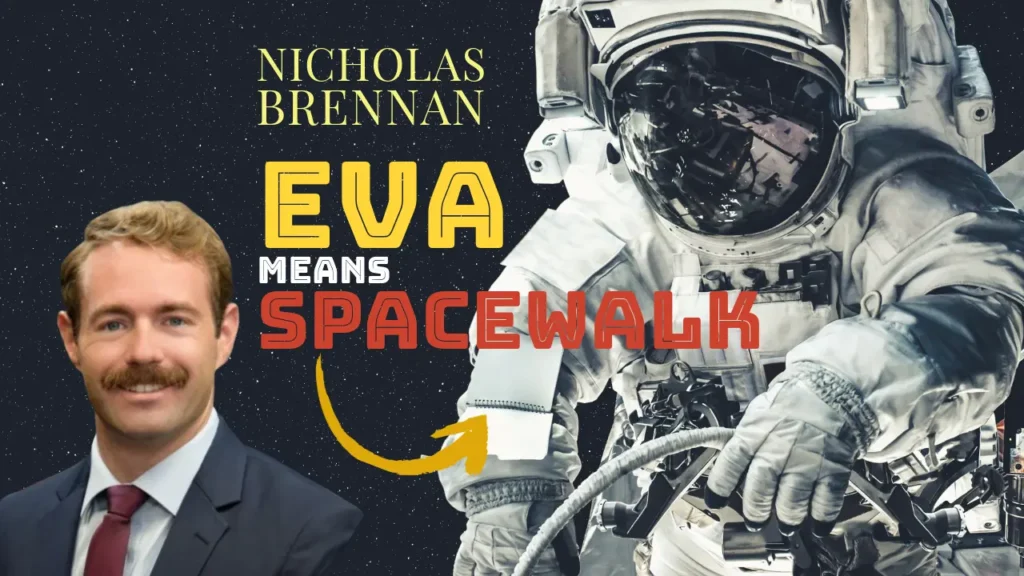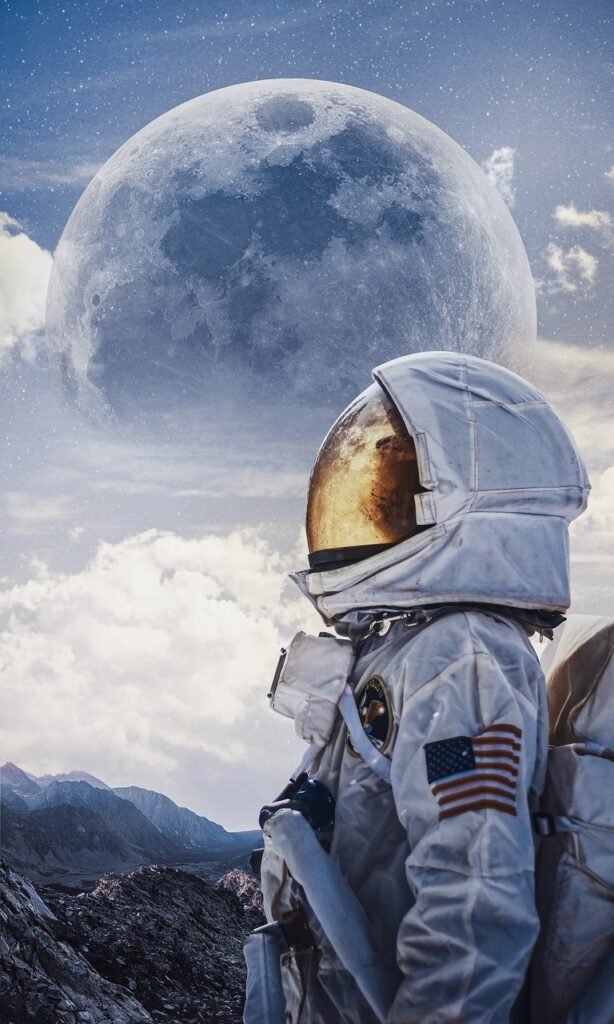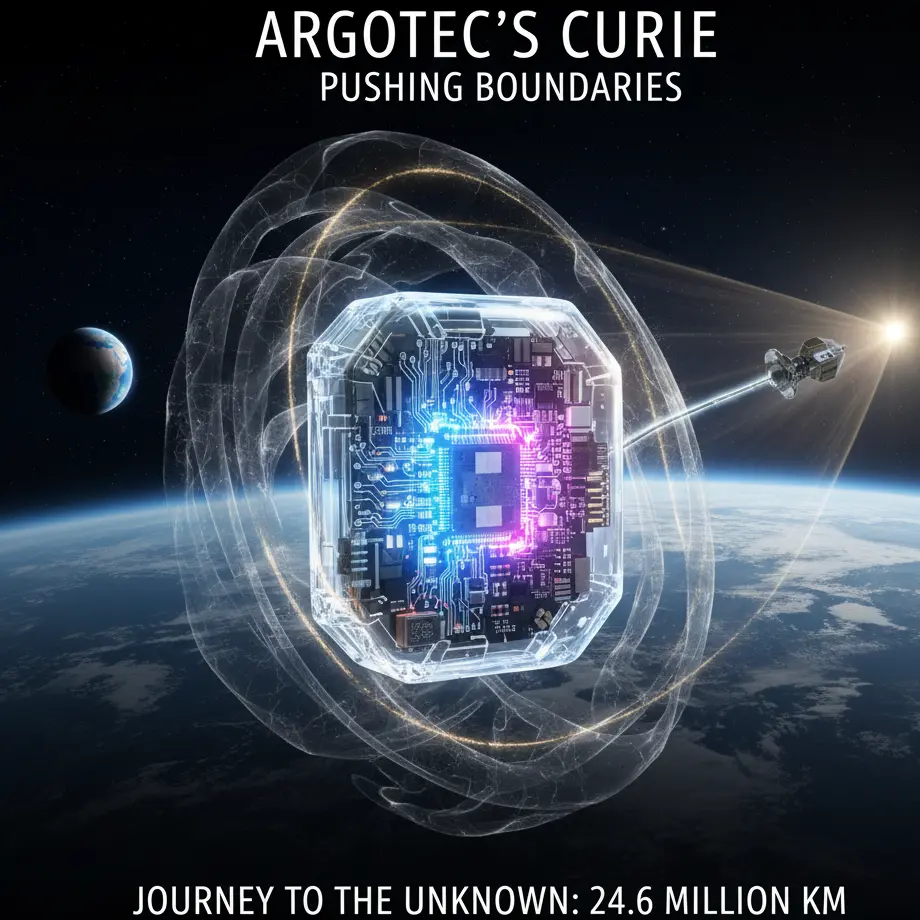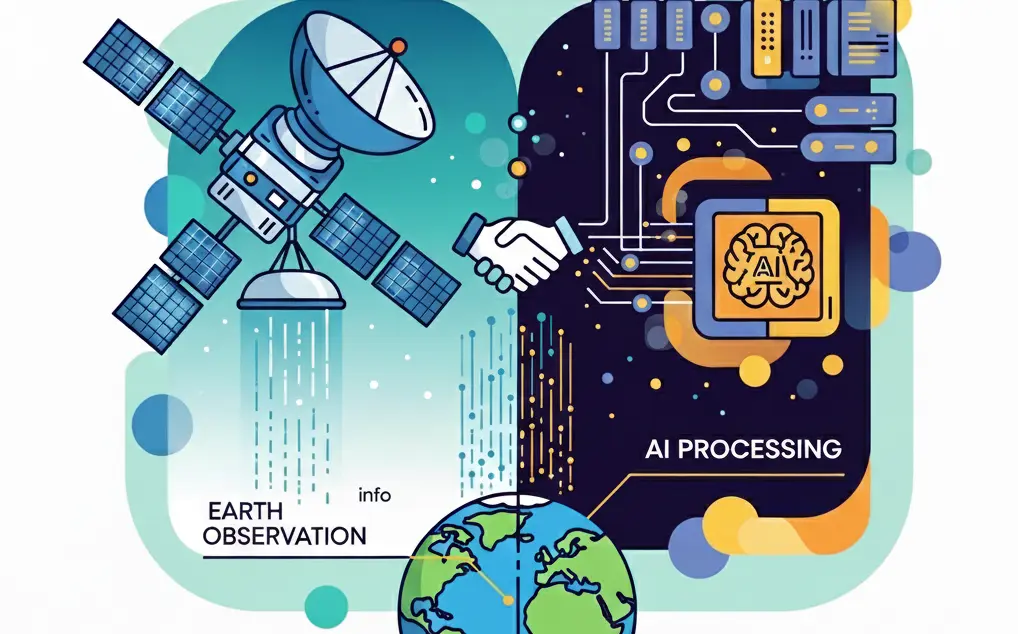
NICHOLAS BRENNAN
EVA means Spacewalk
The SpaceInfo Club had the pleasure to ask Nicholas Brennan some questions about his job at NASA: he is currently working as Extravehicular Activity (EVA) Instructor and Flight Controller, plus he has been part of the US Navy as EOD Platoon Commander for the Special Operations Force.
Can you share some insights into your transition from being a special operations commander in the US Navy to your current role as an extravehicular instructor and flight controller? How did your military experience prepare you for this unique position?
Well, I wouldn’t say it was a common transition! The special operations community is relatively small to begin with, and not a lot of people leave from there to go into space-related jobs. But I was a little unique in that I was interested in aerospace before joining the military, and I had gone to school for aerospace engineering before making the decision to serve. After qualifying as a Navy Explosive Ordnance Disposal (EOD) and Diving Officer I gained a lot of diving experience, and it just so happens that underwater training at the Neutral Buoyancy Lab is one of the chief ways we train astronauts for spacewalks, a.k.a. extravehicular activity (EVA). I leveraged that overlap in addition to my education during my transition.
Notice Title
A spacewalk, professionally termed an ExtraVehicular Activity (EVA), is a critical operation in human space exploration wherein an astronaut exits the confines of their spacecraft to perform various tasks in the vacuum of space. This involves donning a specialized spacesuit equipped with life support systems to ensure survival in the hostile environment of space. EVAs are meticulously planned endeavors, requiring extensive astronaut training and precise execution to conduct tasks such as repairs, maintenance, or scientific experiments on the exterior of spacecraft or space stations.
The longest spacewalk in history lasted for 8 hours and 56 minutes! This record-setting Extravehicular Activity (EVA) was conducted by cosmonauts Fyodor Yurchikhin and Alexander Misurkin on August 16, 2013, during Expedition 36 aboard the International Space Station.
As someone with a background in special operations, what aspects of your military training do you find most applicable or beneficial in your current role? How does it influence your approach to extravehicular activities and flight control?
There ended up being an incredible overlap between military operations and NASA flight operations. In fact, Flight Operations has its roots in military command and control structure, with many of the first flight controllers being veterans of the Korean War. Even today, the Mission Control rooms at NASA look strikingly similar to the Tactical or Joint Operations Centers I saw in the military. So, it tracks that I can use many of the same mission planning concepts that I used to plan a dive or helicopter insertion to plan an EVA. Interestingly, I also spent a lot of my military career training with international partners which helped prepare me for the collaboration on the International Space Station.
How has your experience as a special operations commander influenced the way you train astronauts for extravehicular activities? Are there specific skills or mindset that you emphasize based on your military background?
One thing I draw from my background is understanding what it’s like being in an extreme situation and how to prepare for it. When astronauts open the hatch for an EVA, they will be looking down at the Earth, 250 miles below, with nothing in between except a thin helmet visor. Nothing can prepare you for that. If you’ve ever flown in an airplane, you can imagine there’s a big difference between looking out the window during a flight and opening the door. When I give crewmembers a task, I like to think of the first time I stood on the ramp of a C- 130 before a free-fall jump and think – could I have executed this procedure then? Similarly, the spacesuit is bulky and cumbersome, much like the bomb suit I often wore training for improvised explosive device scenarios. I know first-hand how difficult it is to think clearly and how easy it is to get frustrated when you are uncomfortable like that. These experiences influence both the degree of detail I write into procedures as a flight controller, and the level of comfort in doing a task I look for as an instructor.
Embracing the Cosmos: World Space Week 2025 & SpaceInfo Club’s Mission
Leicester Scientists Bring Space Exploration to London as Cutting-Edge Telescope Joins SMILE Mission
A Cosmic Accident Solves Jupiter & Saturn’s Silicon Mystery
DWARF 3 vs DWARF 2 Smart Telescope: Is the Upgrade Worth It?
Argotec’s CURIE: The Electric Heart Driving Small Satellites to the Edge of the Unknown
Argotec and UniBap Forge Strategic Partnership to Power Next-Generation Satellite Missions
When I give crewmembers a task, I like to think of the first time I stood on the ramp of a C- 130 before a free-fall jump and think – could I have executed this procedure then?
In your role as a flight controller, how do you manage the complex and dynamic nature of space missions? Are there specific challenges that you’ve found particularly unique to this environment compared to your military experience?
Prepare. Prepare. Prepare. Not only does preparation give you the knowledge you need to solve problems real-time, but it gives you the mental confidence that is equally critical to performing in high-stress conditions. Space is a unique environment because right now there is so little budget and such high expectations of success that the margin of error is razor thin. In the military we would often risk hardware to ensure the safety of personnel. If we were to blow up a robot trying to defuse a bomb remotely, it would usually be ok as long as nobody got hurt. But hardware on the International Space Station is extremely high value if not irreplaceable. So, everything we do is done with exceptional care to protect the crew and the station.
Can you describe a memorable or challenging moment in your career as an extravehicular instructor or flight controller? How did your background in special operations contribute to navigating that situation?
As a Navy EOD operator I received a lot of training in various skills and gave some training as well. Most of the training I gave, however, was more informal. When I attempted to certify as an instructor for my first crew class at NASA – an EVA tools class – I received a lot of frank and negative feedback. I was told I wasn’t ready to certify. Had I started this job straight out of school, it might have been quite discouraging. But if there is anything that you learn in special operations training it is how to be flexible, overcome adversity, and stay in the fight. Because of that it was much easier to take that constructive criticism and use it to adapt to the new standard.
Astronaut training involves various simulations and scenarios. How do you design and implement training exercises that draw upon your military expertise to ensure astronauts are well-prepared for the uncertainties of spacewalks?
During EVA training at the Neutral Buoyancy Lab, we often give crewmembers emergency scenarios that require them to rescue one another. I am able to draw a lot of parallels between that and the countless diver rescue, mine-strike, and combat casualty drills I went through in the military. Of course, the mechanics change in microgravity. But fundamentally you have a scenario that requires the recognition of a life-threatening situation followed by either an immediate trained response, or logical problem solving that leads to the safest and most efficient resolution. Regardless of the environment, I’ve learned to recognize some of the common pitfalls people often fall into in an emergency, and I try to reinforce a repeatable process to avoid them.

The US Navy places a strong emphasis on teamwork and collaboration. How do you foster a similar sense of teamwork among astronauts and your fellow controllers to ensure the success of space missions?
Any high-performing team relies on the ability to both give and receive productive feedback. We have to be honest and frank when a teammate is below standard but be there to pull them up and give praise when it’s due. We also have to listen when we are critiqued without being defensive or evasive. I first learned these themes in the Navy, but they are also taught at NASA. I do my best to lead by example.
Given the critical nature of your role, how do you handle high-pressure situations or emergencies during a spacewalk or mission? Are there specific lessons from your military career that you apply in these scenarios?
In the military we’d say, “train how you fight”. At NASA we say, “train how you fly”. Experience is the greatest asset in high-pressure situations – it informs your thought process and gives you the confidence to make quick decisions. The only way to gain experience outside of doing the real thing is through drills or simulations. These made up the majority of my military career, and they are an integral part of flight operations at NASA as well.
How do you stay updated on the latest advancements in space technology and training methodologies? How has continuous learning played a role in your transition from the military to your current position?
When I decided to transition from the Navy, I started working on a master’s degree to both refresh my engineering brain and catch up on the latest in the space industry. While a degree program isn’t cheap and there are a multitude of alternative information sources out there these days, ultimately it held me accountable and kept me focused on my goals. I was able to choose a final project on exploration EVA spacesuit design, which entailed a lot of research that was directly applicable to my new job.
As a professional with a diverse background, what advice would you give to individuals aspiring to work in the field of extravehicular activities or flight control, especially those with a military background?
As someone with a diverse background I know it is very difficult, and sometimes downright impossible, to convince an outside organization of your worth when you don’t fit the model they are looking for. Don’t let that diminish your own sense of self-worth. What worked for me was focusing on one applicable skill to get in the door. Once in the organization, all those other skills and experiences helped me to do the job well. Now I believe more than ever that having a team with diverse backgrounds is vital to creating new ideas and questioning the old ones. If you have a military background, I recommend reaching out to a transition expert to translate your military experience into language that potential employers can understand.





